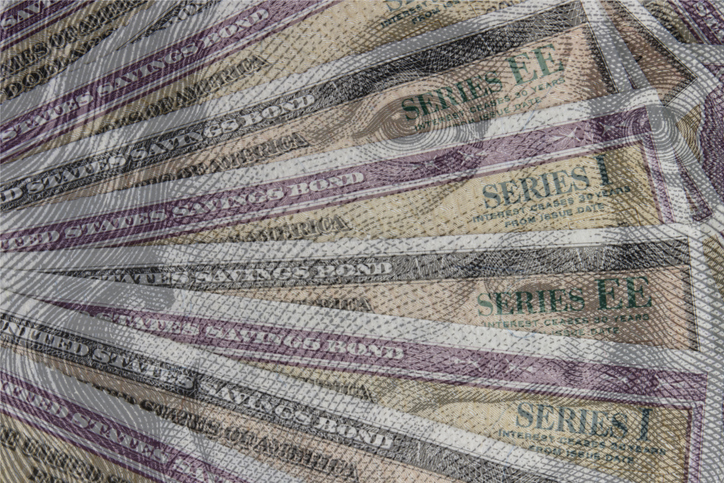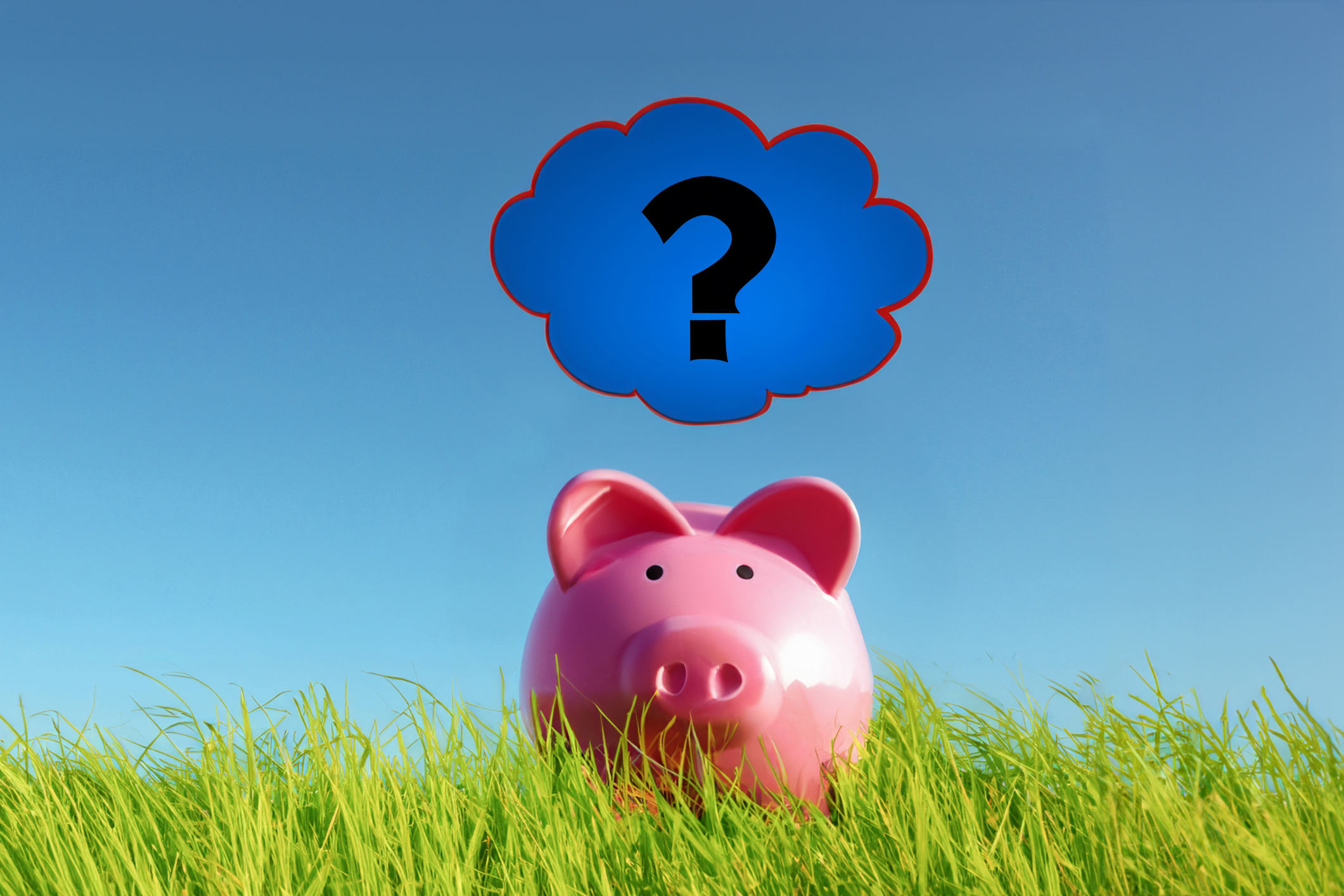Hang on to I Bonds
I hold $63,000 in I bonds, which I bought in 2003. If I redeem them before five years, I face a three-month interest penalty. I was thinking of selling and buying CDs.

The interest rate on inflation-protected savings bonds, or I bonds, has declined from 6.7% to 2.4%. I hold $63,000 in I bonds, which I bought in 2003. If I redeem them before five years, I face a three-month interest penalty. I was thinking of selling anyway and buying CDs at 5.25%.
Hang on to the I bonds. The interest rate for I bonds has two components: a fixed rate that lasts for the 30-year life of the bond, plus an inflation adjustment that changes semiannually, in May and November. Bonds purchased from now until November 1 pay a fixed rate of 1.4% plus the inflation adjustment.
But investors who already owned bonds earn a different fixed rate. Depending on when you bought your bonds in 2003, you're earning either 1.6% or 1.1%. And individuals who purchased bonds before November 2001 may be earning a fixed rate of 3% or more.

Sign up for Kiplinger’s Free E-Newsletters
Profit and prosper with the best of expert advice on investing, taxes, retirement, personal finance and more - straight to your e-mail.
Profit and prosper with the best of expert advice - straight to your e-mail.
Then there's the inflation component -- which is, after all, why you purchased the bond. The current inflation factor, which is 1% on an annualized basis, reflects consumer price index numbers from September 2005 to March 2006 -- a six-month period with "abnormally low inflation," says Dan Pederson, author of Savings Bonds: When to Hold, When to Fold and Everything In-Between. That rate is almost certain to rise in November, says Pederson, reflecting an uptick in inflation since March.
Jack Quinn, founder of Savingsbonds.com, cites two other reasons for keeping your bonds: penalties and taxes. As you mentioned, you'd have to pay a three-month interest penalty if you cashed in the bonds before holding them for five years. And you'd owe taxes on the earnings when you cashed out, giving you less money to invest in the CD.
Think of I bonds as a long-term inflation hedge. "You're getting a good rate of return overall, and you have a shot at getting an even better rate a few years from now," says Quinn.
For more information about I bonds, see the Treasury Department's I bond page.
Get Kiplinger Today newsletter — free
Profit and prosper with the best of Kiplinger's advice on investing, taxes, retirement, personal finance and much more. Delivered daily. Enter your email in the box and click Sign Me Up.

As the "Ask Kim" columnist for Kiplinger's Personal Finance, Lankford receives hundreds of personal finance questions from readers every month. She is the author of Rescue Your Financial Life (McGraw-Hill, 2003), The Insurance Maze: How You Can Save Money on Insurance -- and Still Get the Coverage You Need (Kaplan, 2006), Kiplinger's Ask Kim for Money Smart Solutions (Kaplan, 2007) and The Kiplinger/BBB Personal Finance Guide for Military Families. She is frequently featured as a financial expert on television and radio, including NBC's Today Show, CNN, CNBC and National Public Radio.
-
 Who Pays the Most Taxes in the U.S.? Tax Burden by Age
Who Pays the Most Taxes in the U.S.? Tax Burden by AgeTax Burden Polls show that most people feel like taxes are unfair. But which age group bears the brunt of the tax burden in the United States?
By Kelley R. Taylor
-
 Tax Day 2025: Don’t Miss These Freebies, Food Deals and Discounts
Tax Day 2025: Don’t Miss These Freebies, Food Deals and DiscountsTax Day You can score some sweet deals on April 15 in some select restaurants like Burger King, Shake Shack, and more.
By Gabriella Cruz-Martínez
-
 Bond Basics: U.S. Savings Bonds
Bond Basics: U.S. Savings Bondsinvesting U.S. savings bonds are a tax-advantaged way to save for higher education.
By Donna LeValley
-
 Short-Term Investments to Protect Against Inflation and Market Volatility
Short-Term Investments to Protect Against Inflation and Market VolatilityRates on Series I savings bonds, T-bills and fixed annuities are all above historical averages and could serve investors well during turbulent times like these.
By Bradley Rosen
-
 What Are I-Bonds? Inflation Made Them Popular. What Now?
What Are I-Bonds? Inflation Made Them Popular. What Now?savings bonds Inflation has made Series I savings bonds, known as I-bonds, enormously popular with risk-averse investors. So how do they work?
By Lisa Gerstner
-
 What Grandparents Need to Know About Using Savings Bonds for a Grandchild’s Education
What Grandparents Need to Know About Using Savings Bonds for a Grandchild’s EducationTax Breaks It’s not easy, but grandparents can avoid a tax bill when redeeming savings bonds to pay for a grandchild’s college costs.
By Lisa Gerstner
-
 How to Add Treasury Bonds, Bills and Notes to an IRA
How to Add Treasury Bonds, Bills and Notes to an IRAinvesting If you are wondering how to add Treasury bills, bonds and notes to an IRA, there are ways to do so.
By Lisa Gerstner
-
 It’s Not Too Late to Boost Retirement Savings for 2018
It’s Not Too Late to Boost Retirement Savings for 2018retirement Some retirement accounts will accept contributions for 2018 up until the April tax deadline.
By Kimberly Lankford
-
 Making the Most of a Health Savings Account Once You Turn Age 65
Making the Most of a Health Savings Account Once You Turn Age 65Making Your Money Last You’ll face a stiff penalty and taxes if you tap your health savings account for non-medical expenses before the age of 65. After that, the rules change.
By Kimberly Lankford
-
 Using a 529 Plan for High School
Using a 529 Plan for High School529 Plans You’re now able to withdraw up to $10,000 tax-free from a 529 plan each year for K-12 tuition.
By Kimberly Lankford